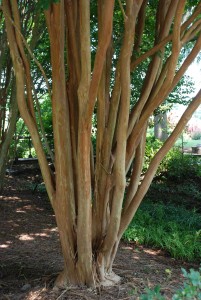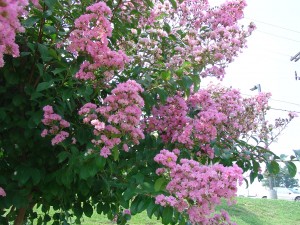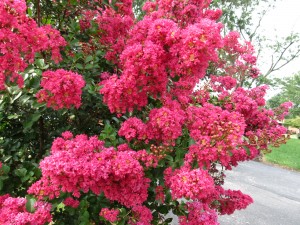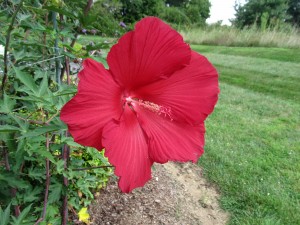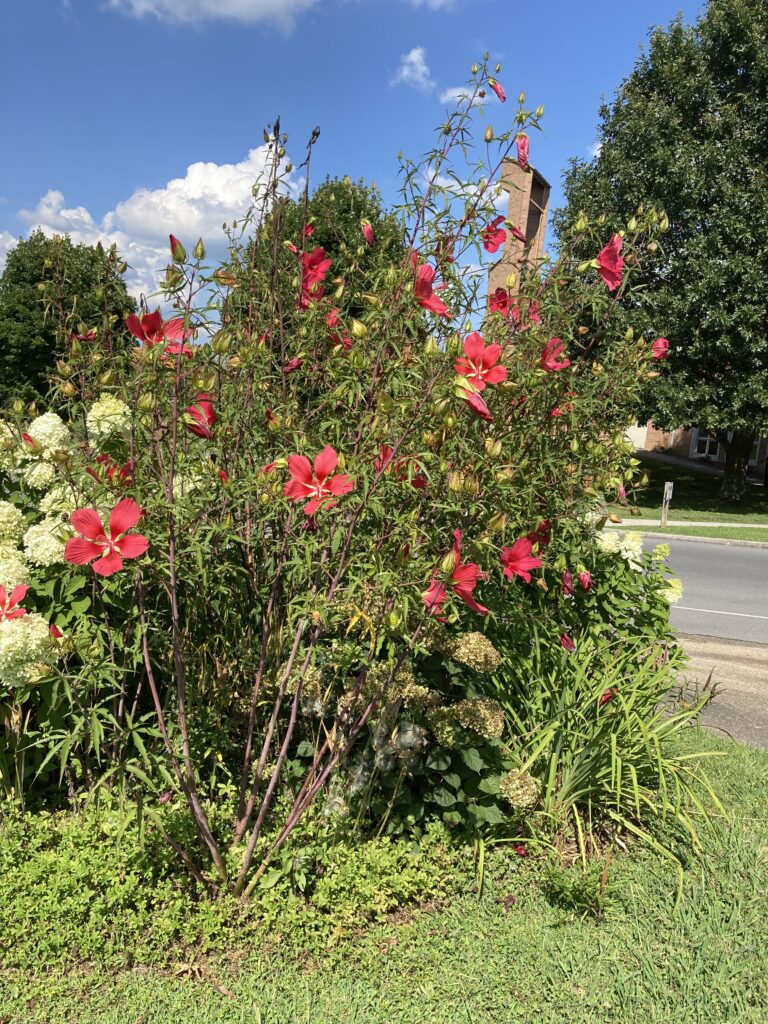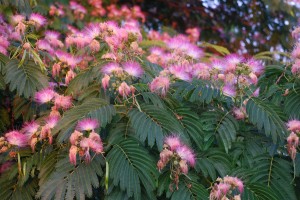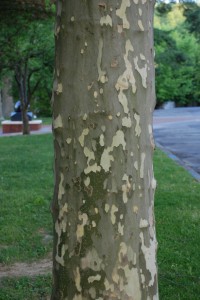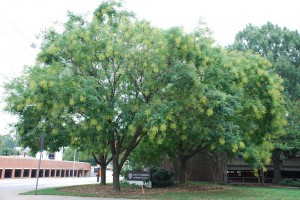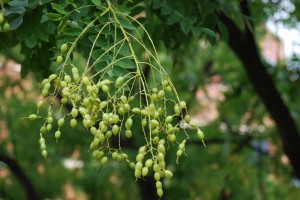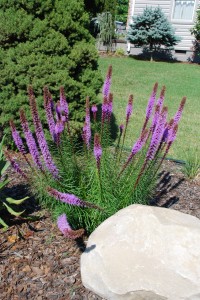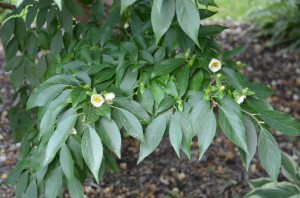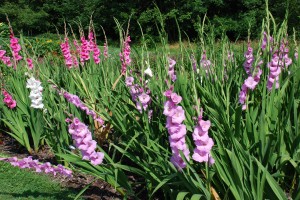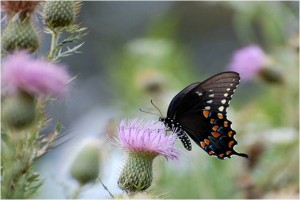Hybrid crape myrtles (Lagerstroemia indica x L. faurei) are popular landscape trees in the southeast and along the coastal areas of the U. S. Over the past decade plant pathologists in Louisiana (Louisiana State University), Alabama (Auburn University), South Carolina (Clemson University), and Georgia (University of Georgia) have tested the disease resistance of cultivars for powdery mildew and cercospora leaf spot resistance.
Only the cultivar releases from the U.S. National Arboretum are listed below. These are among the hardiest (USDA hardiness zone 6). Each is listed according to its mature plant height:
10 to 15 feet category:
Acoma – white flowers (weeping/cascading habit); light gray-brown bark; high powdery mildew and average leaf spot resistance.
Hopi – medium pink flowers; gray to brown bark; high mildew and average leaf spot resistance.
Sioux – vivid pink flowers; medium gray- brown bark; good powdery mildew and average leaf spot resistance.
Tonto – dark fuchsia flowers; light cream bark; high powdery mildew and leaf spot resistance.
16 to 20 feet category:
Apalachee – light lavender flowers; medium-brown bark; high in mildew and leaf spot resistance;
21-25 feet category
Tuscarora – coral pink flowers; light brown bark; high powdery mildew and leaf spot resistance.
Tuskegee – dark pink flowers; light gray to tan bark; high powdery mildew and average leaf spot resistance.
Over 25 feet category:
Muskogee – light lavender flowers; gray-brown bark; high resistance to powdery mildew average and leaf spot resistance.
Natchez – white flowers; dark cinnamon bark; high powdery mildew and good leaf spot resistance.

